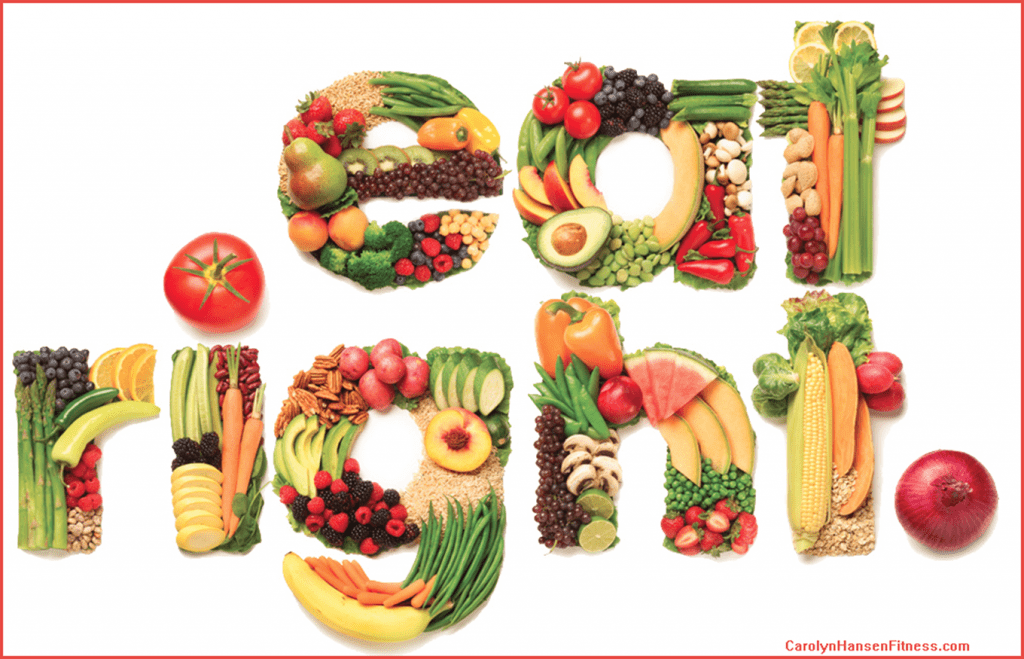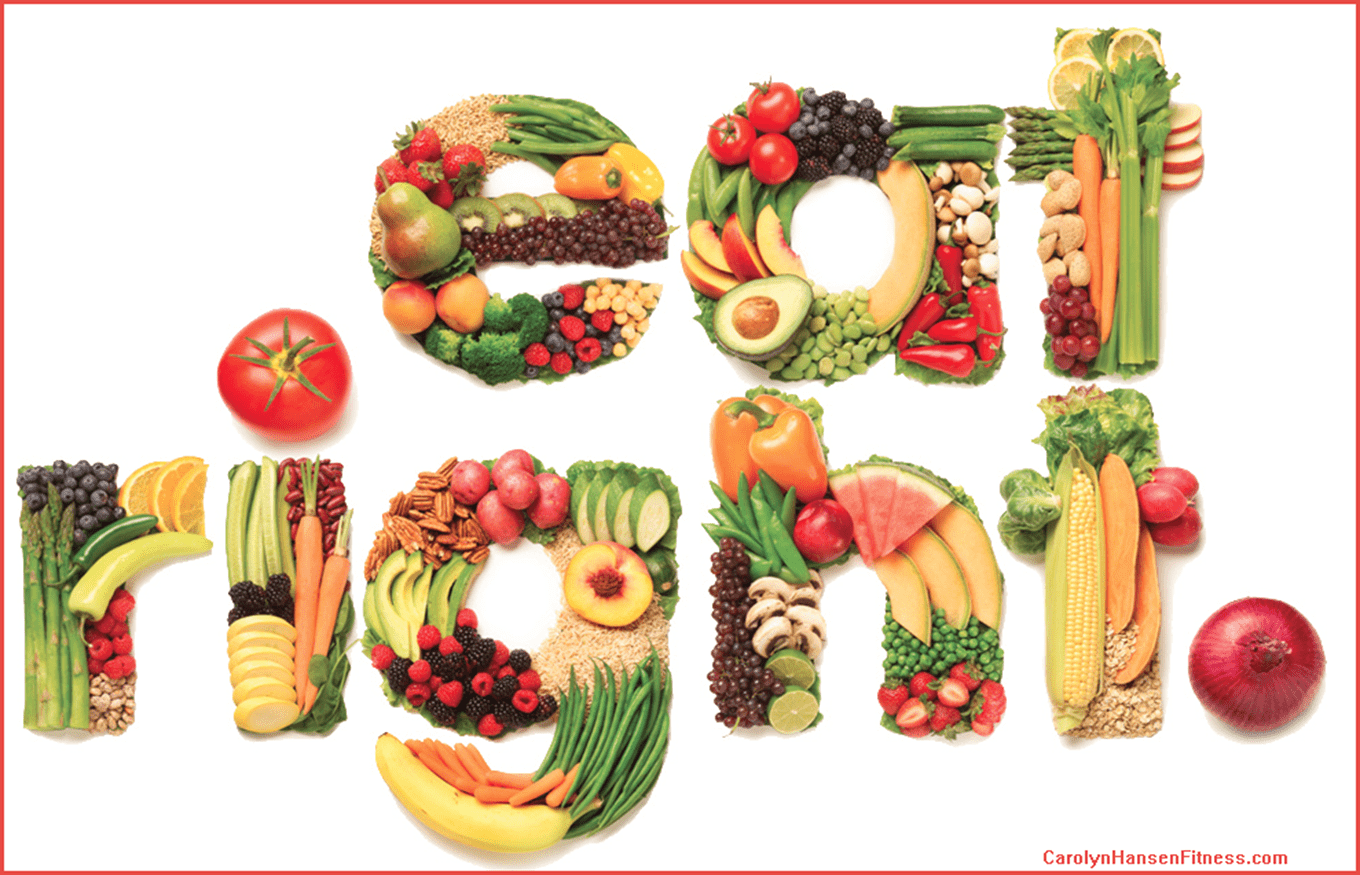
Maintaining a fit body through active physical fitness along with healthy eating is the key to enjoying a long healthy, vital life. Unfortunately healthy eating means different things to different people.
For some healthy eating means gluten free. For others it’s low-calorie or low-fat. For others, its all three or something entirely different.
Although eating healthy has become a trend and can include all the above, many people still don’t quite get what “eating healthy” really means.
And since there is currently no government agency that regulates the word “healthy,” it opens the door to misuse and abuse by food manufacturers trying to make a sale. With so much confusion around what healthy eating really means, the powers that be that control this bit of confusion use it to their advantage.
Their main job is to move their product out the door. They are highly trained and fully aware of the trends and the words that push our buttons and fully intend to cash in on them at our expense.
So, if we can’t trust manufacturers, how do we determine what foods are really healthy for us and which ones are part of the “show?”
Healthy eating starts with healthy shopping
Healthy eating requires using our common sense and getting back to basics. We need to be choosing foods that boost our immune system, help us to avoid disease and extend our lives.
Healthy eating is simply nutrient dense eating – Focusing on foods that possess the nutrients our bodies require. It has nothing at all to do with counting calories or how much we consume.
What it does have to do with is awareness. We need to be educated, focused, and disciplined when shopping. We need to avoid falling into marketing food traps that toss the word “healthy” around like it was a hot potato. We must be willing to take the time to read labels especially when beginning our journey.
For the top rung of the healthy chart, foods with no list of ingredients are always best. Walnuts, green beans, tomatoes, and strawberries – all single-ingredient foods that Mother Nature abundantly provides us are clearly healthy. Foods with a short list of ingredients that are easily recognizable can also be considered healthy if the ingredients are easily recognizable as food.
For the most part, if a food is not associated with chronic disease, (such as trans-fat is with heart disease) they can be considered healthy.
On the other hand, those listing unrecognizable names/ingredients, whether the list is long or short, should immediately become suspect. After all, if we can’t pronounce it, how do we expect our body to process/digest it?
Those seemingly innocent but impossible to pronounce words, are in reality, manufactured/chemical ingredients – the “processed” and adulterated parts of foods – the ones you want to avoid if your health is important to you.
Along with chemically added ingredients, trans fats (found in many processed foods), added sodium, white sugar and saturated fats are all ingredients that should be avoided when shopping. All these foods steal our vitality, invite disease in and shorten lifespans.
Bottom line is this: a long list of unrecognizable ingredients attached to your food purchase means one thing: it has been tampered with/adulterated and is no longer in its pure state such as a one ingredient apple would be.
Once added chemicals have found their way into our food, our food has transitioned from pure to processed. These kinds of foods are void of nutrition and come with a double-edged sword. They not only cost us money now but open the door to disease somewhere down the road, stealing our precious years and shortening our lifespans.
In other words, those indulgent food pleasures now will end up costing us years of our life later. Not a good return on our investment I’d say.
A typical balanced diet is what we’re after. One that consists of fresh fruits and vegetables, along with whole grains, seeds, nuts, and legumes (all foods close to nature), organic dairy, as well as lean animal protein (meat, poultry and fish) and let’s not forget plenty of fresh water.
All these contribute to healthy eating and long lifespans.
Look for bright colors and fill your plate with a variety of them. Different colors mean different nutrients, so, don’t be afraid to experiment! We tend to reach for the same foods when we shop, sometimes because we are shopping and not really paying attention and other times purely out of habit. Kick your boring shopping habits aside. Variety is the spice of life. Be adventurous and challenge yourself to come up with exciting, original recipes using a new colored vegetable or lean protein each week.
Remember, life will never be black and white so don’t try and fit it into a box. Accept the fact that you are human and you will eat some non-nutritious foods occasionally. It’s all part of the game called life. Enjoy your favorite meal or decadent dessert on occasion. Just avoid making it part of your daily diet.
Healthy eating is not complicated. It’s about enjoying variety and moderation, as we consistently choose nutrient dense foods over processed ones. Our reward will be reflected in our health and mental well-being.
Healthy eating is only half the battle to a vital, long life. It must be paired with personal fitness for the best results!
Even desserts and treats can be healthy and offer the essential nutrients your body needs to operate efficiently.
Pick up your personal copy of “Blended Bites” where veggies play a starring role in many of your favorite desserts or treats.
For more tools and resources from Carolyn Hansen to assist you in attaining your health and fitness goals and achieving the success you desire in life, please visit:

